The Story of Pepper Pot Soup Across Cultures
41 min read Trace Pepper Pot Soup’s journey from Indigenous roots to Caribbean kitchens and American tables, exploring ingredients, traditions, and cultural exchange shaping this beloved, aromatic staple. October 10, 2025 12:07
The Story of Pepper Pot Soup Across Cultures

The first time I smelled pepper pot simmering, it was still dark outside, the equatorial dawn just beginning to tint the edge of Georgetown’s sky. The kitchen clock hadn’t yet struck five, but the house already pulsed with the scent of warm spice. Cinnamon and clove rose in sugary, smoky curls; garlic hissed under a lid beading with steam; and, beneath it all, that unmistakable bass note: cassareep, black as umber and glossy as molasses, deepening the broth with a mysterious sweetness and a faint whisper of smoke. My aunt, barefoot and unhurried, ladled a spoonful from the pot—an old enamel one with a chip on the rim—and I watched the liquid coat the spoon like lacquer. The first sip burned and comforted at once, a velvet strap of heat across the tongue, the kind that sits in your chest like a small ember tracking your breath.
Pepper pot is a dish of many names, many colors, and many homelands. In the Guianas, it’s a cassareep-shiny stew, dark as night and perfumed with warm spices, at the center of Christmas tables. In Jamaica, it’s a verdant soup, callaloo-green and belly-hugging, studded with okra coins and dumplings called spinners. In Antigua and Barbados, you’ll meet slightly different pots, some heady with clove and pork, others thick with greens and served alongside fungee—a soft cornmeal companion. Even across cold Atlantic winters, Philadelphia once warmed itself with pepper pot ladled by Black women in the market, a tripe-rich broth dubbed the soup that warmed a revolution. One name, many pots—but a shared pulse of heat, a shared promise of sustenance.
What We Talk About When We Talk About Pepper Pot
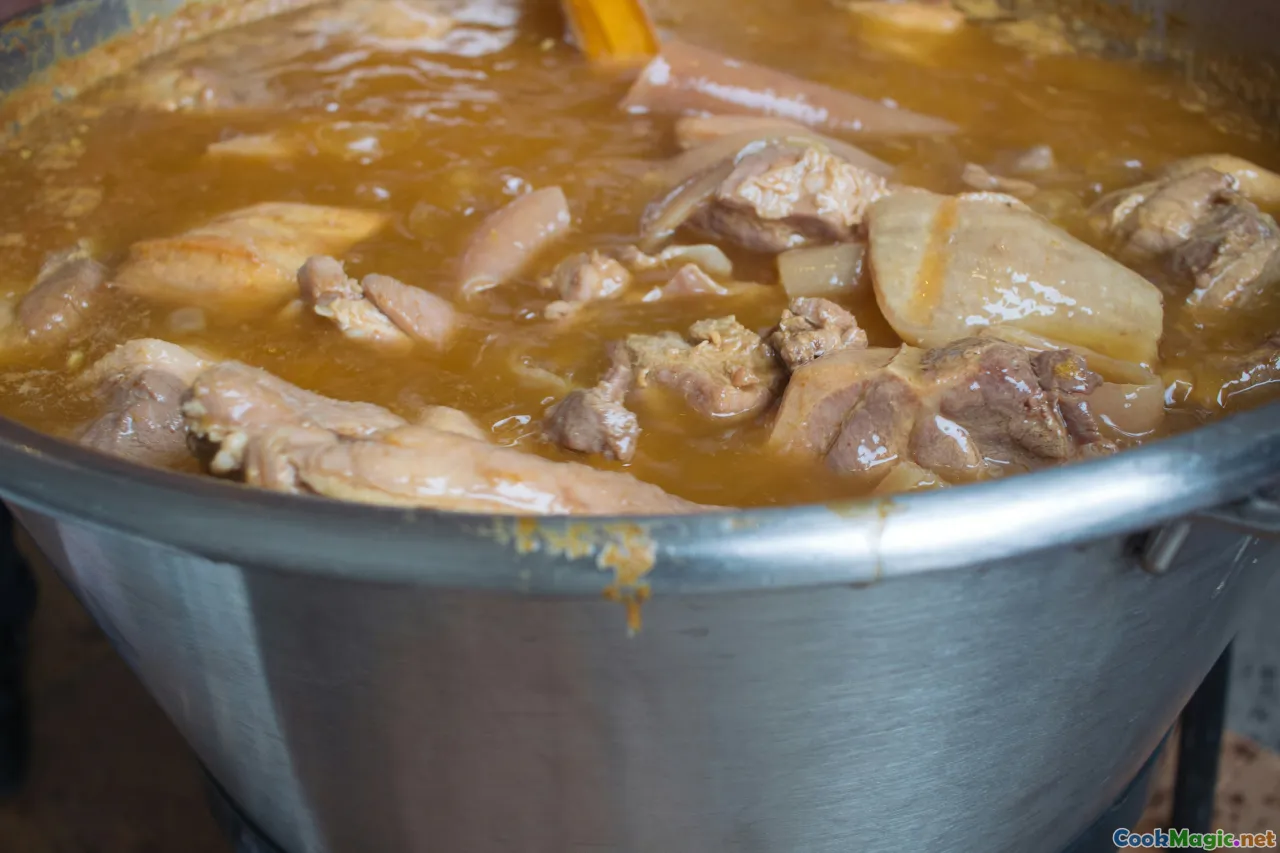
Say “pepper pot” and you’ll see a dozen eyes light up with a dozen different memories. No dish reveals the geography of diaspora quite like it.
- In Guyana (and across the Guianas), pepperpot refers to an Amerindian-rooted stew built on cassareep: a reduction of bitter cassava juice that turns almost black and semisweet, with a telltale sheen and subtle bitterness. The stew’s flavor profile leans warm: clove, cinnamon, allspice, thyme, sometimes orange peel, often Scotch bonnet or the tiny round wiri wiri peppers local to Guyana.
- In Jamaica, pepperpot soup is green and vegetal, its backbone callaloo (amaranth greens), with okra for silkiness, yam or coco (eddoes) for heft, and tiny torpedo dumplings—the spinners—for chew. It often incorporates salted beef or pigtail, and it delivers its pepper heat like an afterthought that lingers.
- In Antigua and Barbuda, fungee and pepperpot is the national dish—a luxuriant stew of leafy greens (often spinach or local bhaji), eggplant, okra, and sometimes salted meats, ladled over or alongside a scoop of fungee, which is polenta’s Caribbean cousin.
- In Barbados, pepperpot historically meant a richly spiced pork stew, once a holiday tradition, perfumed with clove and cinnamon, sometimes touched with cassareep or browning, and eaten at Christmas alongside jug-jug and great cake.
- In early American cities, most famously Philadelphia, pepper pot meant a spicy broth with tripe, leafy greens, and pepper, hawked by Black vendors and immortalized in oils and etchings of the city’s bustling markets.
That a single name can carry both a black, shiny stew and a green, leafy soup isn’t a contradiction; it’s a map. The broad strokes—pepper’s assertive heat, greens’ generous vitamins, the alchemy of long cooking—come from older, deeper culinary traditions braided by colonization, trade, and survival.
Amerindian Roots: Cassava, Cassareep, and the Everlasting Pot

Before there were sugar estates and indenture and the modern nation-states of the Caribbean, there were Amerindian communities—Arawak, Kalinago (Carib), Wapishana, Makushi—who learned both to cultivate and to protect themselves from the cassava root. Cassava holds a contradiction: a life-sustaining starch, but, in its bitter variety, also a source of cyanogenic compounds. The ingenuity of processing bitter cassava—grating, pressing, fermenting, drying—gave rise to farine, cassava bread, and, crucially, the dark elixir we call cassareep.
Cassareep begins as the raw, milky juice pressed from grated bitter cassava. Heated gently in a wide pot, it reduces and darkens, concentrating not just sugars but aromatics. Traditional knowledge layers in flavorings—clove, cinnamon, orange peel, sometimes allspice, sometimes even a smidge of hot pepper—until the liquid becomes glossy and nearly syrupy, with the paradoxical taste I once heard a Guyanese neighbor describe as “burnt but sweet, soft but sharp.”
That gloss is more than pretty: cassareep is mildly antiseptic, which led to the practice of the “everlasting” or “perpetual” pot. In parts of the Guianas, a pepperpot would never fully be emptied. Each day, the pot was reheated to a simmer, new meat added as needed, and the cassareep’s preservative power—coupled with consistent heating—would keep the stew safe for days. The pot thus became a living archive of meals and seasons, a flavor that belonged to a household the way a scent belongs to a room.
It’s no accident that the modern Guyanese pepperpot still carries this inheritance. The stew’s ritual place at Christmas—the long simmering, the gathering of relatives, the early-morning bowls with thick slices of plait bread—is a living thread back to the indigenous hearth.
Guyana’s Christmas Pepperpot: A Black Syrup That Holds a Nation

In a Georgetown flat where jalousie windows let the breeze slip through, I learned to make pepperpot the way you learn the rhythm of music—by listening, not measuring. My aunt set me the task of trimming beef shank and ox tail; she wrestled a cinnamon stick the size of my thumb from a glass jar; and the cassareep bottle waited, a dark lighthouse on the counter.
We began with garlic and onions, softened in a pot slicked with a little oil. The scent of thyme rose—I can smell it as I write this: piney, clean, green as fresh-cut stem. A few cloves went in whole, the lid rattling as their perfume warmed the air. We added the meat in respectful order—tough cuts first to give them time to become tender, then beef short ribs, a few chunks of cow heel for gelatin’s body. The pot sang in sizzles and sighs.
Cassareep came next: a generous pour that transformed the contents from stew to ritual. The broth darkened instantly; the entire kitchen seemed to lower its voice. A Scotch bonnet went in whole—my aunt pinched its stem and rested it on the surface like a little lantern, so it would perfume without breaking open. Water just covered the meat, a cinnamon stick slipped under the surface, and then we waited.
Hours later, we lifted the lid and found the surface glossed, the meat slipping from the bone with a gentle nudge. The broth had that paradox every Guyanese pepperpot lover knows: sweet like dark caramel, bitter in the most pleasing way, and scented with clove’s warmth. The heat from the Scotch bonnet was measured, a warm blanket rather than a slap. We dipped plait bread—dense and eggy, with a chewy crust—into the bowl and ate in a hush that had nothing to do with etiquette. It was gratitude.
On Christmas morning throughout Guyana and in diaspora communities from Queens to Toronto, pepperpot is not just food—it’s welcome and memory. Men who have not cooked all year take charge of the pot; cousins who haven’t spoken since summer squabble good-naturedly over the last piece of cow heel; elders nod through their first bites as if confirming that yes, this year, we’ve made it again.
How to Build a Guyanese Pepperpot at Home (Cassareep Stew)
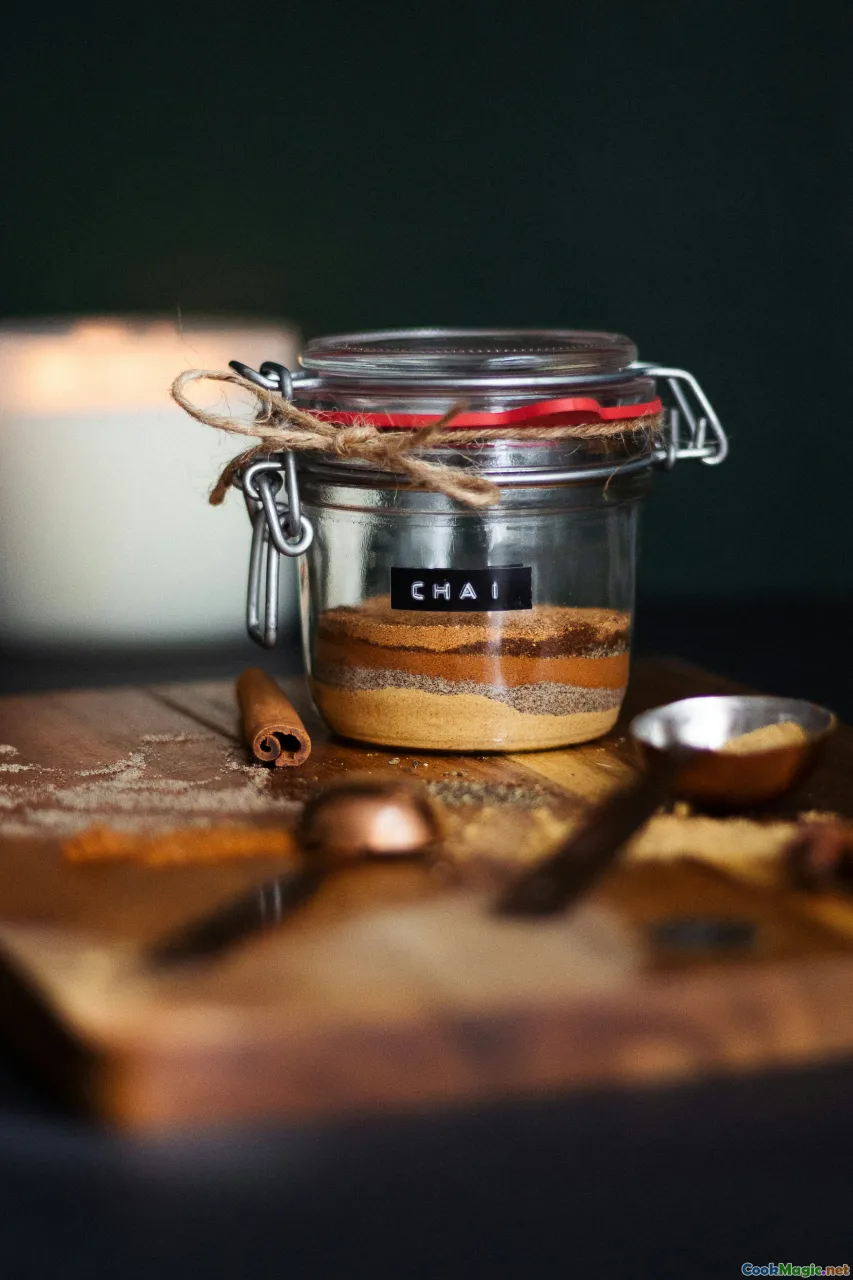
This is not a recipe so much as a way of thinking, but the steps below will get you to a faithful bowl—a stew that shines and clings to the spoon.
Ingredients and picks:
- Meat: Choose a trio for texture. Beef shank or short rib for richness; oxtail for marrow and velvety mouthfeel; cow heel for gelatin. Pork is traditional in some families (pork shoulder or ribs), but many Guyanese households skip it for religious reasons. Game meats—venison, labba—have roots in the interior.
- Cassareep: Seek a Guyanese-made bottle labeled 100% cassava extract with spices. It should be dark, pour slowly, and smell faintly smoky and sweet. Avoid versions padded with corn syrup.
- Spices and aromatics: Garlic, onions, thyme, whole clove, cinnamon stick. Optional: strip of orange peel (pith removed) for lift, a few allspice berries, a bay leaf.
- Heat: Scotch bonnet or wiri wiri pepper. Leave whole for a gentle build; slit for more fire.
- Extras: A splash of dark rum is a family secret in some kitchens; a spoon of brown sugar helps if your cassareep leans very bitter.
Method:
- Brown lightly and build a base: Warm oil in a heavy pot. Soften onions and garlic until translucent and fragrant. Add thyme and a pinch of salt.
- Layer meats by toughness: Add cow heel and oxtail first; brown lightly. Then add beef shank/short rib chunks. Browning is optional—many aunties skip it—but I like a gentle sear for depth.
- Spice and cassareep: Tuck in cinnamon, clove, and any optional allspice. Pour cassareep over—about 1/2 to 3/4 cup for a large pot—stir to stain every piece. Add enough water to barely cover the meat.
- Pepper in place: Rest a whole Scotch bonnet on the surface. Don’t pierce unless you want the soup to throw elbows.
- Low and slow: Bring just to a simmer, then drop the heat and let it blip quietly for 2.5 to 4 hours, until the toughest cuts surrender.
- Taste and balance: Skim fat if you wish. Salt to taste. If the cassareep is very bitter, a teaspoon of brown sugar or a splash of orange juice rounds the edges.
- Rest and reheat: As with many stews, pepperpot deepens overnight. Cool safely, refrigerate, and reheat to a gentle simmer before serving. The cassareep’s preservative effect is real, but modern food safety still applies.
Serve with: Thick slices of Guyanese plait bread; roti will do in a pinch, but bread’s dense crumb is perfect for sopping up the gloss.
Cook’s notes:
- Cassareep stains wooden spoons and pale countertops. Embrace these as badges of honor.
- If you can’t find cow heel, an extra pound of oxtail boosts body. Gelatin gives pepperpot its signature soft cling.
- Cinnamon differs. The cassia sticks common in supermarkets are bolder; use half a stick if you’re cautious. Some families prefer clove-forward, others thyme-forward. Let your nose lead.
Jamaica’s Pepperpot Soup: A Green Whisper with Fire Inside
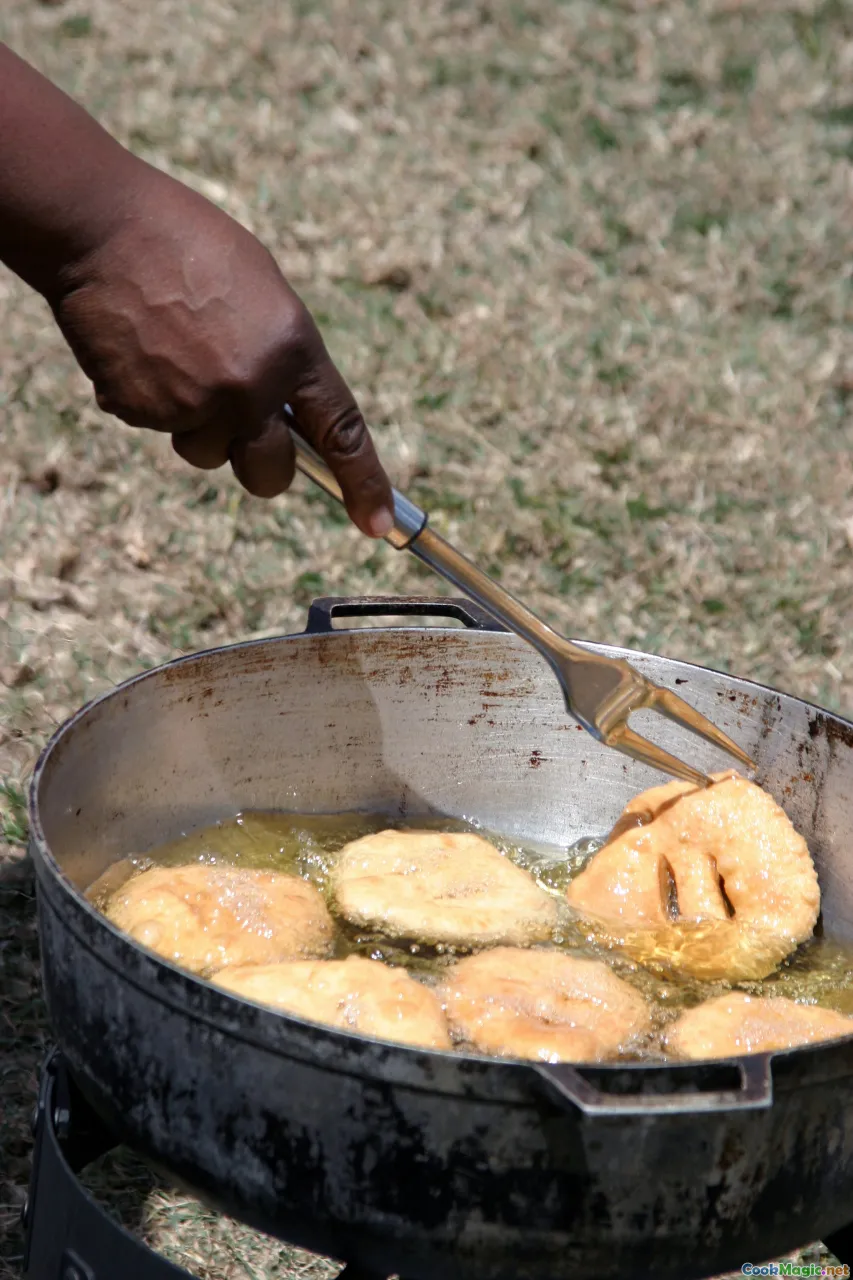
Stand by a soup pot in Half-Way Tree on a Friday night and watch the line grow. Steam snows the air. Someone asks “What’s the soup today?” and the answer—pepperpot—makes eyes soften. The lady at the pot, Miss Blossom, moves quickly: ladle down to the bottom to snag a dumpling or two, a bump of salted beef, okra discs like green bangles, the broth luscious and opaque with blended callaloo.
Jamaican pepperpot soup is a cousin—not a twin—to its Guyanese namesake. Here, green is the glory. Callaloo, the amaranth leaf that defines so many Jamaican tables, gets simmered and often blended, lending the soup a luxurious body, a faintly mineral sweetness, and a deep forest color. Okra slips in for silkiness, starches like yam and coco for ballast, and spinners—slender flour dumplings—add chew. A piece of salted beef or pig tail brings savory depth; a whole Scotch bonnet, if it hasn’t burst, perfumes rather than punishes.
Taste a spoonful and you’ll find the pepper heat doesn’t announce itself like a trumpet. It hums, warm and insistent, at the back of the throat. The texture is everything: creamy without cream, thick but buoyant, each spoonful layered with greens and the delicate snap of okra.
Home method snapshot:
- Sweat aromatics: scallion, onion, garlic, and thyme in a little oil.
- Add chopped callaloo (or substitute spinach if you must), okra, peeled green banana slices, diced yam or coco, and a piece of salted beef/pigtail (pre-soaked to reduce salt).
- Pour in water or light stock and a whole Scotch bonnet. Simmer until the greens soften.
- Fish out the meat and pepper, blend a portion of the soup for silk, then return the meat.
- Pinch in spinners: flour, a little water, salt, rolled between palms into slim dumplings, dropped in to cook.
- Season with black pepper and a nod of allspice (pimento). If you’re lucky enough to have a real pepperpot seller nearby, you’ll notice a finishing gloss of melted butter in some pots—pure indulgence.
This pepperpot soup eats like a hug after rain. The first time I had it in Kingston, I walked out into the damp night with my belly warm and my shoulders down, the noise of the minibus rank softened into something almost musical.
Antigua and Barbados: Islands, Greens, and Holiday Pots

If Guyana’s pepperpot is a dark-wood hymn and Jamaica’s a green spiritual, Antigua and Barbados sing two more verses.
In Antigua and Barbuda, fungee and pepperpot is more than beloved—it’s emblematic. Fungee is a soft, spoonable cornmeal dish, stirred with okra until it gleams and slides like satin. The pepperpot it accompanies is a glossy stew of leafy greens (callaloo if you have the local leaf; spinach or chard in diaspora kitchens), eggplant, okra, and sometimes salted beef or pork, simmered in a broth that leans toward thyme, garlic, and black pepper rather than cassareep’s dark molasses. The spoonful that carries both fungee and greens-mottled stew is one of the Caribbean’s great textural moments: the creamy grain, the silken okra threads, the savory depth of long-cooked greens.
Barbados’ pepperpot, by contrast, crowds the holiday table as a richly spiced pork stew, aromatic with clove and cinnamon. Depending on the household, you may encounter browning (a caramelized sugar syrup) to deepen color, or a kiss of cassareep. It’s the sort of dish that tastes like celebration: smoky edges from caramelization, sweet-warm spice, and pork that yields at the press of a fork. Bajan pepperpot often sits near jug-jug (pigeon peas and guinea corn) and great cake, an edible constellation of season.
Both islands’ pepperpots tell stories of adaptation: greens in one, spice-forward pork in the other, both carrying the memory of pepper’s glow.
Across the Water: Philadelphia Pepper Pot and the Market Woman
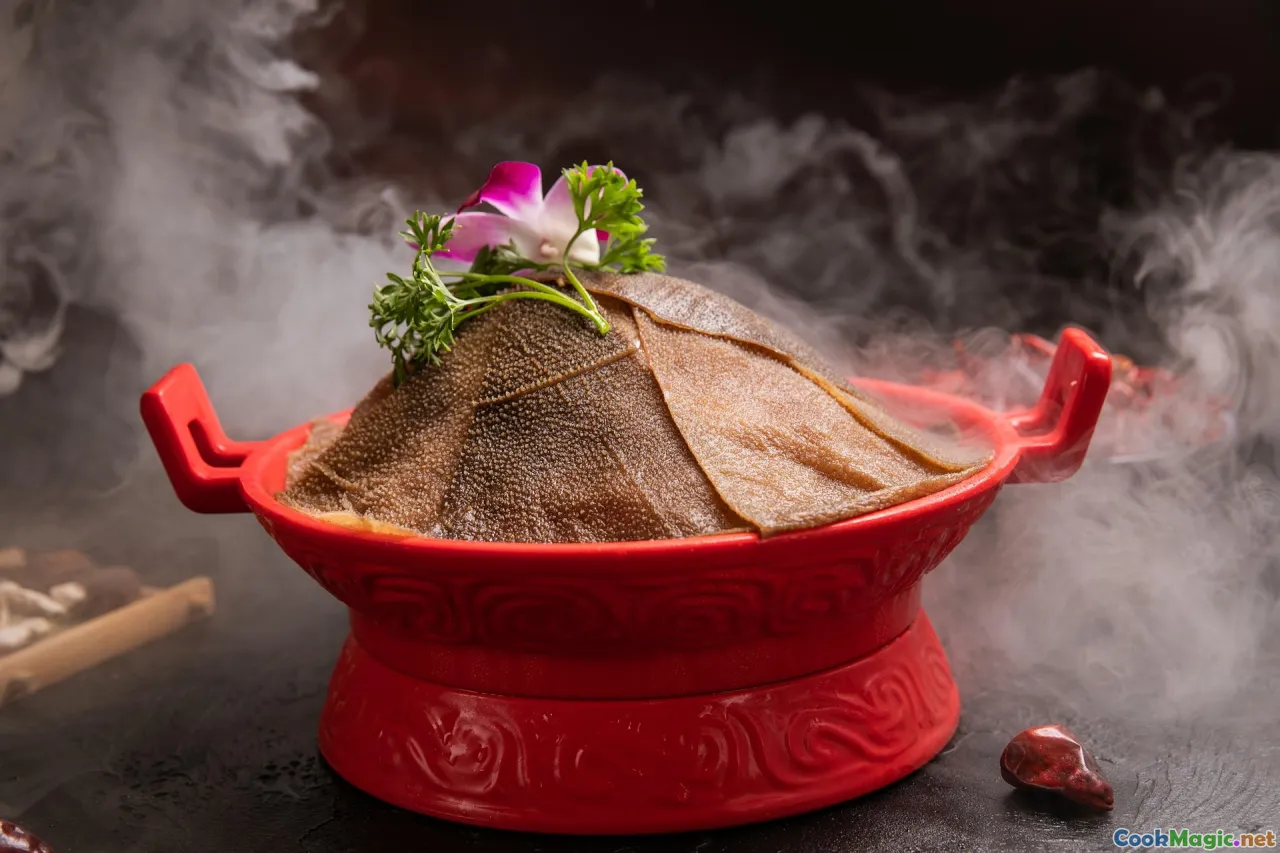
Walk through engravings of early nineteenth-century Philadelphia and you’ll see her: a Black woman at the center of the market scene, bearing a steaming pot, ladling soup into bowls for a cross-section of the city’s hungry. In one of the best-known images, attributed to John Lewis Krimmel around 1811, the Pepper Pot seller stands with poise, the city’s very appetite in her hands.
Philadelphia pepper pot was a broth driven by pepper and tripe, often with greens and root vegetables, sold in markets and from street corners. It gained a Revolutionary War legend—soldiers warmed by pepper pot through the winter—a story more romantic than verifiable, but a symbol nonetheless of sustenance in scarcity. What matters here is less the precise intersection of fact and folklore than the reality: pepper pot, as a concept, traveled and transformed, and in the hands of Black cooks and vendors it became a taste of the city.
Taste-wise, Philadelphia’s version is neither Guyana’s dark gloss nor Jamaica’s green silk. It’s a clear, pepper-forward broth, the tripe tender from long simmering, perhaps a hit of cayenne, perhaps collards or spinach to round out the bowl. It is a reminder that the currents of the Caribbean and West Africa flowed not only across island kitchens but into American cities, where people made homes and menus with what they had.
Echoes from West Africa: Pepper, Leaf, and Spirit
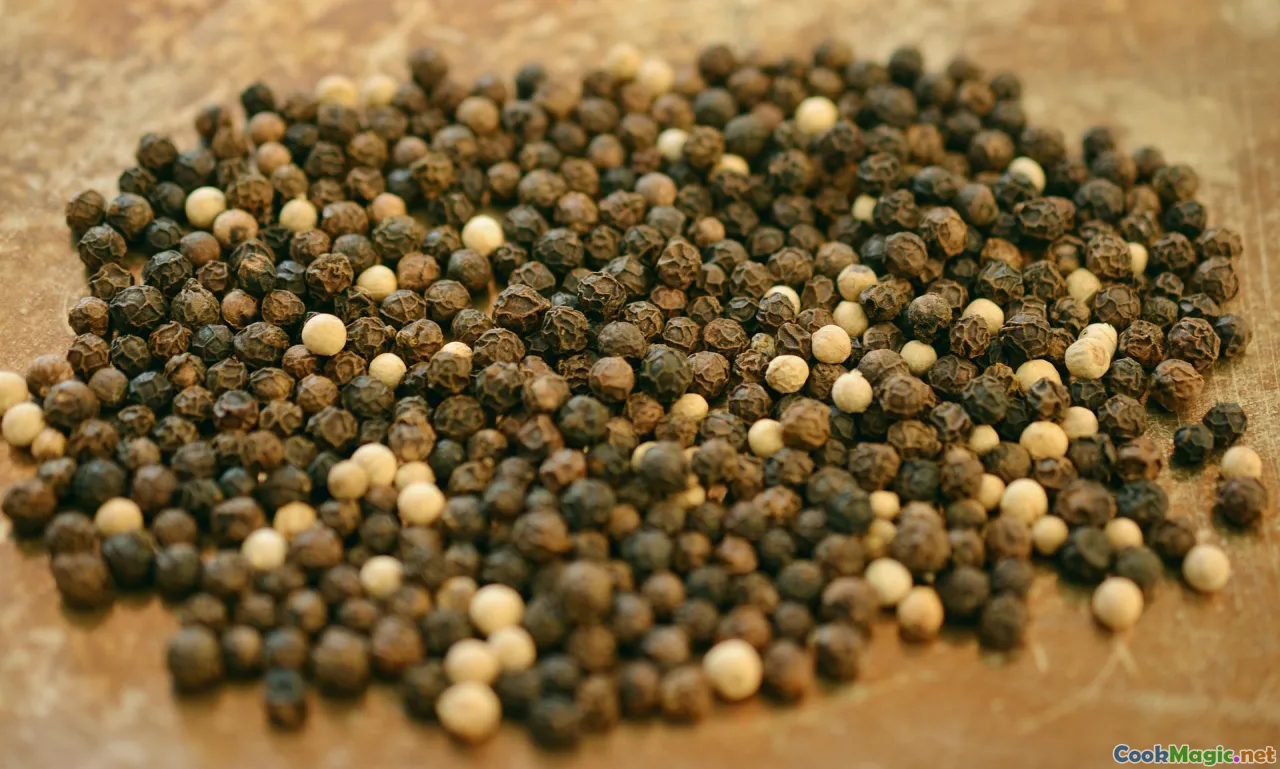
When I tasted Nigerian pepper soup for the first time—a clear broth scented with calabash nutmeg (ehuru), grains of Selim (uda), uziza leaf, and the reckless joy of chili—I felt the hairs on my arms rise. It wasn’t pepperpot, but it was family. Across West Africa, pepper soup is medicine and comfort, birthday and wake: a searing, fragrant brew served with fish or goat, often eaten from bowls cradled in your hands the way you might hold a heartbeat.
The transatlantic echoes are unmistakable. The Caribbean’s reliance on hot peppers—Scotch bonnet in particular—traces to African culinary logics that understand heat as both preservative and pleasure. The love for leafy greens cooked down into tenderness—for callaloo, for spinach, for bitterleaf—connects kitchens across oceans. Even the ritual of soup as remedy holds. When Jamaican aunties insist that pepperpot will “sweat out” a cold, they’re tapping the same wisdom that prescribes pepper soup postpartum or after a long illness.
Heritage doesn’t move in straight lines; it eddies, it braids. The African continent, Amerindian ingenuity, European pantry staples—clove, cinnamon—met in Caribbean pots and yielded something irreducibly local but resonant far beyond.
Heat, Memory, and the Science of Why Pepper Pots Comfort

We speak of pepper’s heat as if it were fire, but capsaicin, the compound that makes Scotch bonnets singe, is technically a trickster. It binds to receptors that signal heat and pain, sending the brain’s alarms into a low-level buzz. The response? Endorphins. You feel good, not only because the dish tastes good, but because your body is giving you a small reward for enduring the heat. Add in the maillard complexity of long-simmered meats, the glutamates that bloom from bones and callaloo, and you have a bowl built to comfort.
But anyone who has watched a family lean toward a pot knows the science is only a small piece. Pepperpot comforts because it marks time: the first Christmas after a loss; the year the cow heel finally melted right; the bowl eaten on a curb in Kingston with a friend who is now a continent away. These soups carry pepper, yes, but also story. They’re vessels for resilience—a word overused until you see it in practice: a mother stretching a pot for one more day; an auntie sending a frozen quart to a cousin working nights; a vendor balancing a livelihood on a ladle.
A Cook’s Comparison: One Name, Many Delicious Differences
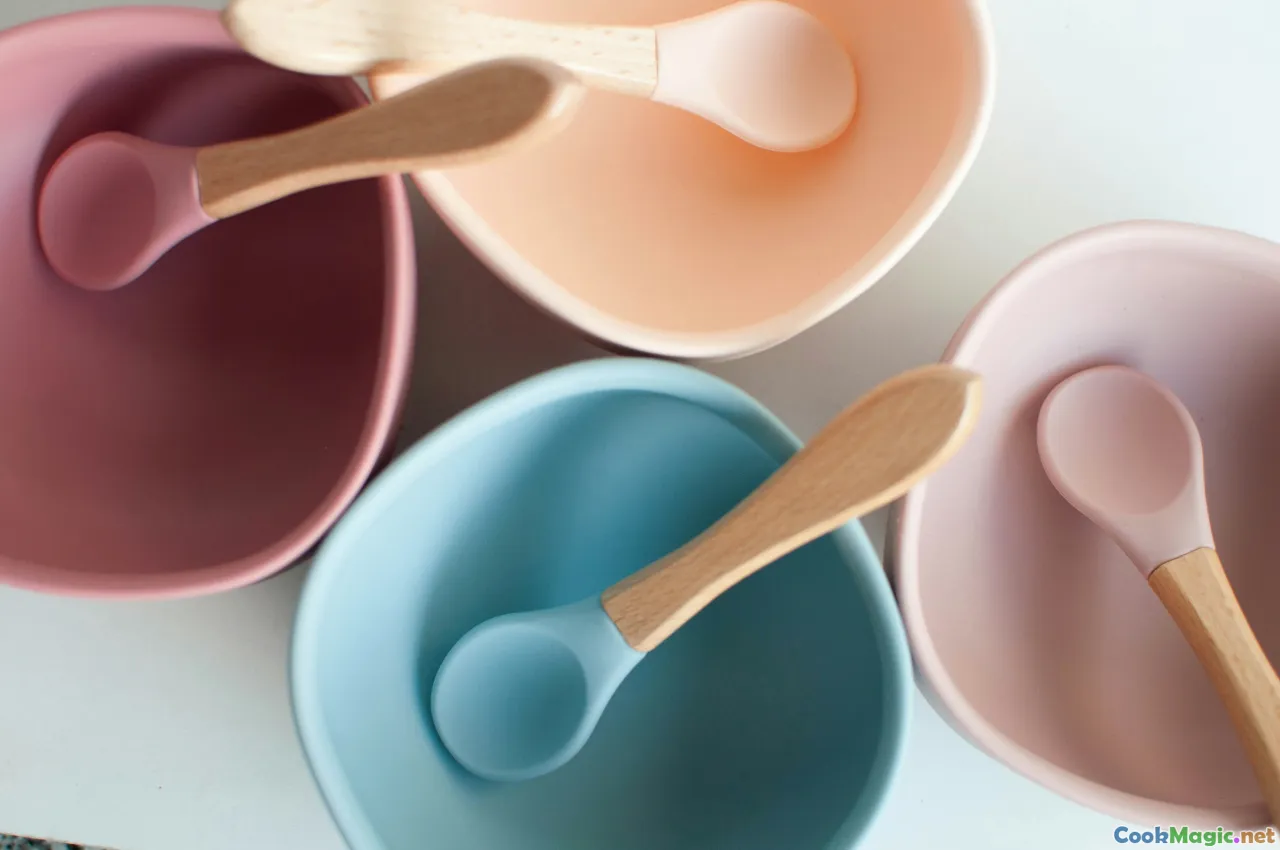
If you’re new to pepper pot(s), here’s a cook’s-eye view of how the major versions line up in the bowl:
-
Guyanese pepperpot (cassareep stew):
- Color: inky brown to black, glossy.
- Texture: viscous, coats the spoon; gelled slightly when cool if cow heel/oxtail used.
- Aroma: clove and cinnamon warmth, thyme, subtle smoke from cassareep; Scotch bonnet perfume.
- Taste: sweet-bitter balance, deep and rounded, pepper as warmth.
- When: Christmas and special gatherings, though some keep a pot simmering when the weather cools.
-
Jamaican pepperpot soup (callaloo):
- Color: deep green, sometimes speckled with okra and yam.
- Texture: creamy from blended greens; dumpling chew; okra silk.
- Aroma: thyme and scallion brightness, pimento’s whisper, Scotch bonnet hum.
- Taste: vegetal sweetness, light salinity from salted meats, a soft-simmered glow of pepper.
- When: Soup days, Friday nights; the soup pot is a social magnet.
-
Antiguan and Barbudan pepperpot (with fungee):
- Color: green-brown gloss, depending on greens and meats.
- Texture: stewlike, often lighter than cassareep; served alongside soft fungee.
- Aroma: leafy, garlicky, thyme-led, black pepper prominent.
- Taste: gentle heat, greens-forward savoriness; comfort of greens and grain.
-
Bajan pepperpot (holiday pork stew):
- Color: mahogany to near-black if browning used.
- Texture: rich but brothy; pork tender and perfumed.
- Aroma: cinnamon-clove boldness, holiday in a bowl.
- Taste: sweet-spice with porky depth, pepper a supporting actor.
-
Philadelphia pepper pot (tripe soup):
- Color: clear to light brown.
- Texture: brothy, with tender tripe and greens.
- Aroma: pepper bright and assertive, simple warmth.
- Taste: straightforward, pepper-driven, restorative.
Different songs, same choir.
Tips, Substitutions, and Sourcing: Cooking Pepper Pots in the Diaspora

- Cassareep 101: Look for bottles labeled 100% cassava extract, ideally produced in Guyana. It should pour like thin molasses and smell faintly smoky. If it tastes harshly bitter, balance with a whisper of sugar or a strip of orange peel during the simmer.
- Pepper choices: Scotch bonnets bring aroma as well as heat—fruity, floral. Habaneros are a decent stand-in but lack that Jamaican perfume. To moderate heat, float the whole pepper; for a bolder kick, slit it. For perfume without fire, stem the pepper and balance it atop the pot like a raft, removing before serving.
- Greens and callaloo: In Jamaica, callaloo often refers to amaranth greens. In diaspora markets, frozen chopped callaloo is available; spinach or young Swiss chard can substitute, though the flavor is milder. In Trinidad and Tobago, “callaloo” commonly refers to dasheen (taro) leaves; those can also be used in soups with careful prep.
- Meat matters: For Guyanese pepperpot, choose cuts with connective tissue—oxtail, shank, cow heel—to create body. Lean beef alone will give you a flat broth. For Jamaican pepperpot soup, salted meats bring irreplaceable savor; if you can’t source pigtail, use a piece of smoked turkey wing plus a touch more salt.
- Okra texture: If you fear sliminess, slice okra into coins and sauté briefly before adding to the pot, or add toward the end of cooking. For those who love the silk (I do), add early and let the broth thicken naturally.
- Dumplings: Jamaican spinners should be slender so they cook quickly and offer tender chew. Keep the dough simple: flour, pinch of salt, water; knead just to bring together.
- Pots and patience: A heavy pot rewards you with even heat. Pepper pots—of any style—prefer a gentle simmer, not a rolling boil. Cover slightly ajar to control evaporation.
- Food safety, modern take: Cassareep’s preservative power is real, but today we refrigerate leftovers promptly and reheat thoroughly. The old everlasting pot belongs to stories, unless your household cooks and eats from it daily.
Field Notes: Where to Taste Pepper Pot Today
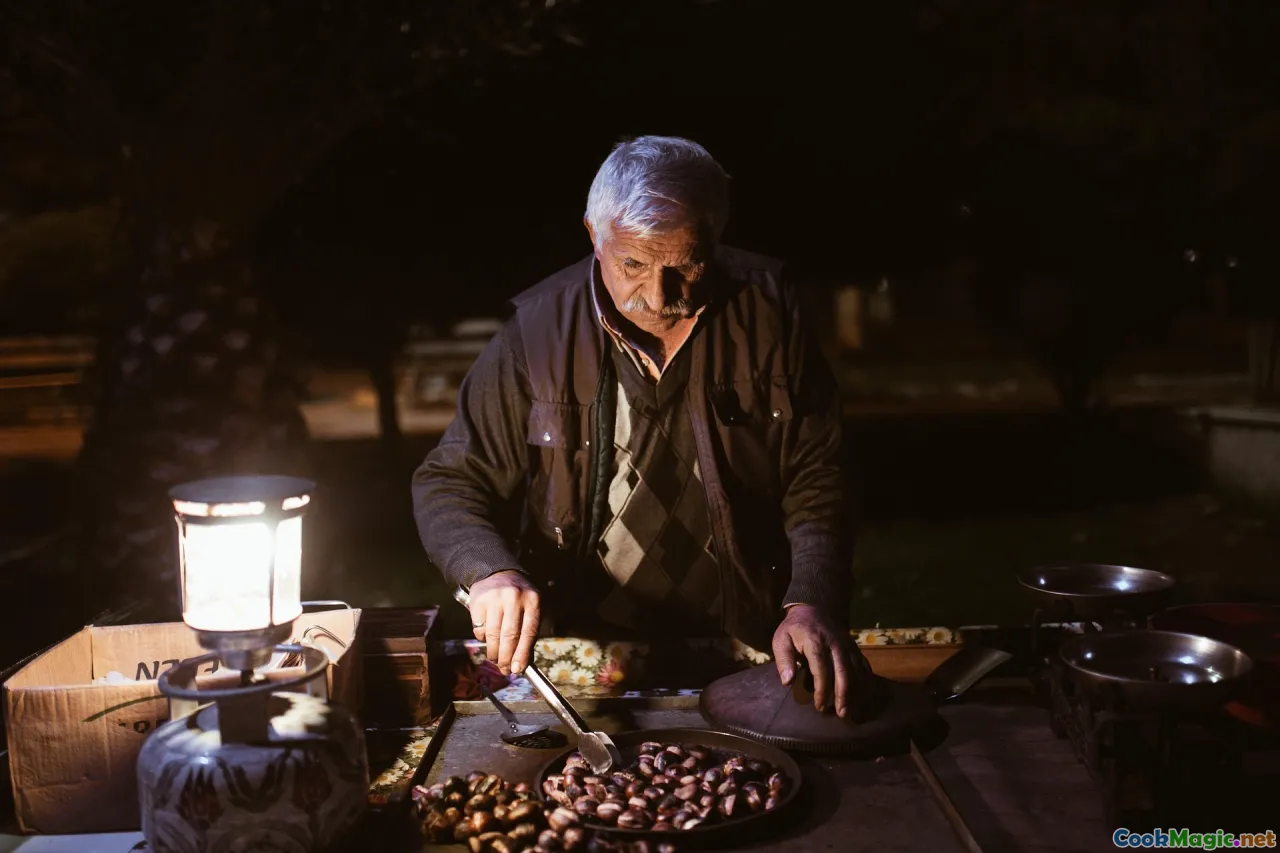
- Guyana: Around Christmas, the air in Georgetown smells faintly of cassareep. While pepperpot is primarily a home dish, some bakeries and small eateries will offer holiday specials. Ask around at local spots known for hearty plates—staff will point you toward someone’s auntie doing takeaway quarts. At home gatherings, expect plait bread to appear as naturally as morning.
- Jamaica: Soup pots anchor corners and lunch counters in Kingston, Spanish Town, and Montego Bay. On a Friday afternoon, ask at a soup vendor in Half-Way Tree or Cross Roads for pepperpot; they’ll tell you straight if today’s the day. In many cook shops, the soup board chalks it up when pepperpot is on.
- Antigua and Barbuda: Order fungee and pepperpot at local restaurants where traditional fare holds pride of place. The pairing is a point of local identity—when it’s on, it’s on proudly.
- Barbados: During the holiday season, some homes revive pepperpot alongside jug-jug. While not as commonly seen on tourist menus, local community events and church fairs occasionally feature it; keep your ear to the ground.
- Diaspora cities: In neighborhoods with strong Guyanese and Jamaican communities—Richmond Hill in Queens, sections of Brooklyn, Scarborough in Toronto, Brixton in London—holiday pop-ups and Caribbean bakeries sometimes offer pepperpot by the quart in December. Call ahead and ask; the best pots are often spoken for before the sign goes up.
- Living history: In U.S. cities with colonial-era museums, hearth-cooking demonstrations around the holidays occasionally recreate Philadelphia pepper pot. The scent of black pepper and tripe wafting through a 200-year-old kitchen has a way of collapsing time.
Everywhere you taste it, ask the person who made it about their version. The stories are as nourishing as the soup.
A Story in a Spoon: The Personal Politics of a Pot
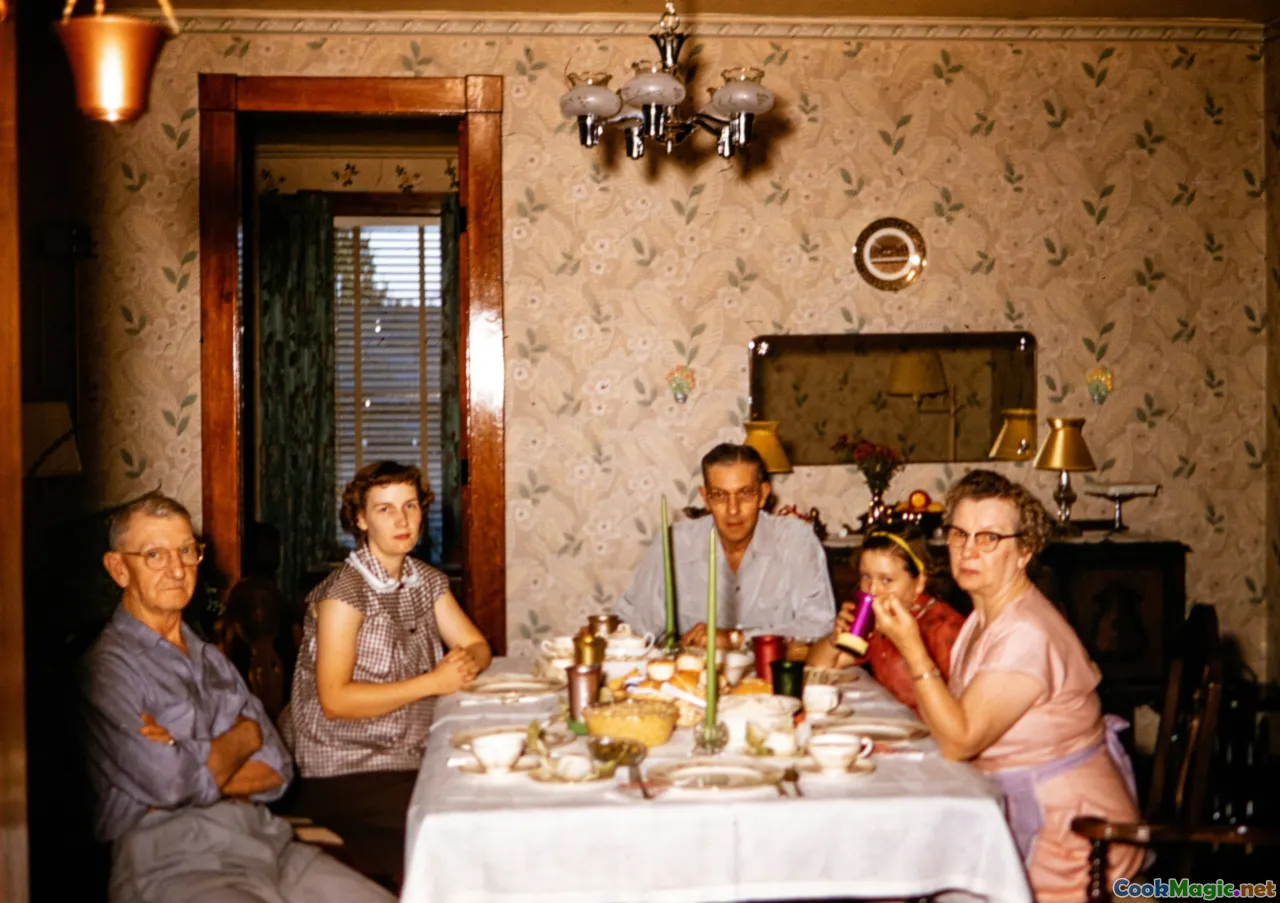
I like to think I can find the heartbeat of a cuisine by listening to how people talk around a pot. With pepper pots, the conversation often circles back to care. My aunt’s pot wasn’t only a Christmas ritual; it was a hedge against the leaner weeks. A friend in Antigua told me fungee and pepperpot was the first dish she learned to cook that made her feel “capable of feeding people,” a particular kind of grown-up confidence. In Philadelphia’s past, pepper pot vendors—mostly Black women—held literal economic power in their hands, their labor transforming raw ingredients into livelihood.
When people debate whether cinnamon belongs in pepperpot or whether callaloo must be blended, they are not only debating taste; they’re organizing memory, asserting the way their families taught them to survive and celebrate. The same pot that carries cloves also carries migration, colonial histories, the shock of winters in new countries, the first paychecks that stretched to stock a pantry. The pepper, in this context, is seasoning and symbol: fire harnessed, heat shared.
I remember a December in Queens when a neighbor sent me home with a plastic container still warm to the touch. Snow pressed the air down to a hush on Liberty Avenue; inside, the pepperpot smelled like a Caribbean evening. She had made it with goat because her husband’s mother swore that was the only proper meat. The cassareep traced dark rings up the container’s sides. I ate standing at my sink, greedily, the pepper heat finally making my shoulders drop. For a minute, the winter windows blurred, and I was back in that Georgetown kitchen, listening to the lid rattle and watching my aunt’s hands.
Cook It Your Way: A Flexible Framework for Your Own Pot

If pepperpot teaches anything, it’s that good pots forgive. Consider this a template rather than a rigid script.
- Choose your base: Dark and glossy? Reach for cassareep and cinnamon. Green and creamy? Callaloo and okra. Spice-forward pork? Lean into clove and browning.
- Pick your heat: Scotch bonnet for fragrance, habanero if that’s what you have, a milder chili if feeding pepper-shy loved ones. Float whole, slit slightly, or mince and sauté—each choice writes a different line of fire.
- Build texture: Gelatinous cuts for cling; dumplings for chew; okra for silk; ground corn for cushion.
- Honor the greens: Treat callaloo like the star it is—don’t boil it into bitterness. Season in layers: thyme early, scallion late, pimento judiciously.
- Season at the end: Pepperpots can concentrate as they rest. Salt lightly at first, then calibrate once the pot has told you its truth.
Then invite someone to the table. Pepper can be fierce, but it’s meant to be shared. A ladle into another person’s bowl is a tiny ceremony of belonging.
There’s a certain hush that falls over a kitchen when the pepper finds its way into a pot—a hush born of respect, not fear. You stand a little taller. You stir a little slower. The steam that escapes carries not just spice but story: the Amerindian hands that first poured cassareep, the Jamaican vendors who built a city around a soup, the island cooks who lift greens out of the garden and into glory, the market woman in Philadelphia whose ladle was a livelihood. By the time your bowl reaches the table—whether it’s flanked by plait bread, fungee, or nothing at all—you’ve got more than dinner. You’ve got a history you can taste.
And when the pepper warms your throat and settles into your chest, remember that you’re part of that story now—the next person who will say, years from today, “I learned to make it by listening.”









